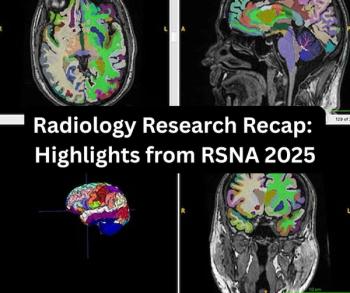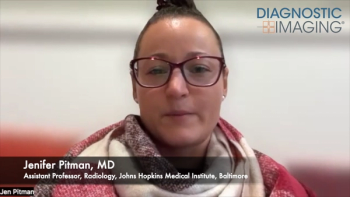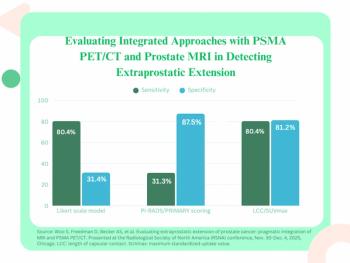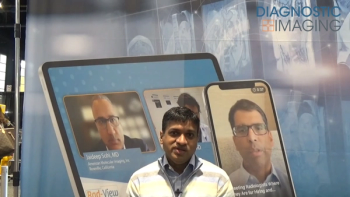
Breast MRI CAD zeroes in on malignant lesions
Results from two recent studies suggest computer-aided detection for breast MRI may be closing in on true cancer detection.
Results from two recent studies suggest computer-aided detection for breast MRI may be closing in on true cancer detection.
Researchers from Penn Diagnostics, a breast MRI CAD company, and George Washington University tested the ONCAD system for contrast-enhanced MRI. They reviewed images of 102 biopsy-proven breast cancers and 131 cancer-free breasts from six major U.S. research institutions. The investigators found ONCAD could identify up to 96% of true malignancies.
In another study, researchers from New York University and Siemens Medical Solutions presented results of a computer classification system designed to improve breast MRI BI-RADS classification. Forty patients were included in this study. The investigators found the automated classification tool yielded more accurate BI-RADS classifications than three radiologists blinded to results. Both studies were released at the 2008 ARRS meeting.
Newsletter
Stay at the forefront of radiology with the Diagnostic Imaging newsletter, delivering the latest news, clinical insights, and imaging advancements for today’s radiologists.



























